Vulture surveys in Ethiopia – A summary by Yilma D. Abebe
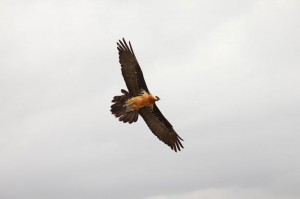 A survey of Ethiopian vultures, which lasted for eleven days, was carried out from 28th January to 7th February 2010. The area covered encompassed a maximum radius of 200 km around the Capital, Addis Ababa. Road counts were used to count flying as well as perched vultures. Roost counts were performed only if they were on the transect. All birds of prey were recorded on this survey. Vultures were readily counted from a vehicle but instances where counters alighted from the vehicle to verify numbers and species were also employed. A total of 2,391 km were covered over eleven days. The distances covered for the surveys only (excluding return km) were 1,117 kilometres. Sections of the total mileage were sub-divided using towns as start and ending points. Each count section was assigned a separate identification tag. Total number of vultures regardless of species seen was 571. We estimate that there were about 49-50 vultures per 100km distance. High numbers of Hooded Vultures were recorded followed by Ruppell’s and White-backed Vultures. While no White-headed Vultures were seen, very few Egyptian and Lappet-faced Vultures were encountered during the survey period. This survey was concentrated around Addis Ababa, the Capital of Ethiopia mainly because of time/budget limitation. It cannot be taken as representative of vulture numbers in Ethiopia. Future counts need to consider a protracted count that considers all habitats and sections of the country.
A survey of Ethiopian vultures, which lasted for eleven days, was carried out from 28th January to 7th February 2010. The area covered encompassed a maximum radius of 200 km around the Capital, Addis Ababa. Road counts were used to count flying as well as perched vultures. Roost counts were performed only if they were on the transect. All birds of prey were recorded on this survey. Vultures were readily counted from a vehicle but instances where counters alighted from the vehicle to verify numbers and species were also employed. A total of 2,391 km were covered over eleven days. The distances covered for the surveys only (excluding return km) were 1,117 kilometres. Sections of the total mileage were sub-divided using towns as start and ending points. Each count section was assigned a separate identification tag. Total number of vultures regardless of species seen was 571. We estimate that there were about 49-50 vultures per 100km distance. High numbers of Hooded Vultures were recorded followed by Ruppell’s and White-backed Vultures. While no White-headed Vultures were seen, very few Egyptian and Lappet-faced Vultures were encountered during the survey period. This survey was concentrated around Addis Ababa, the Capital of Ethiopia mainly because of time/budget limitation. It cannot be taken as representative of vulture numbers in Ethiopia. Future counts need to consider a protracted count that considers all habitats and sections of the country.
This count also provided opportunity to collect information on other raptor species. Yellow-billed Kites ranked first followed by Augur Buzzard, Common Kestrel and Dark Chanting Goshawk.
At present a full report is being compiled and will be available in the future.
The author wishes to acknowledge the Royal Society for the Protection of Birds (RSPB) and Rufford Maurice Laing Foundation (for funding the survey)
All photos by Yilma D. Abebe
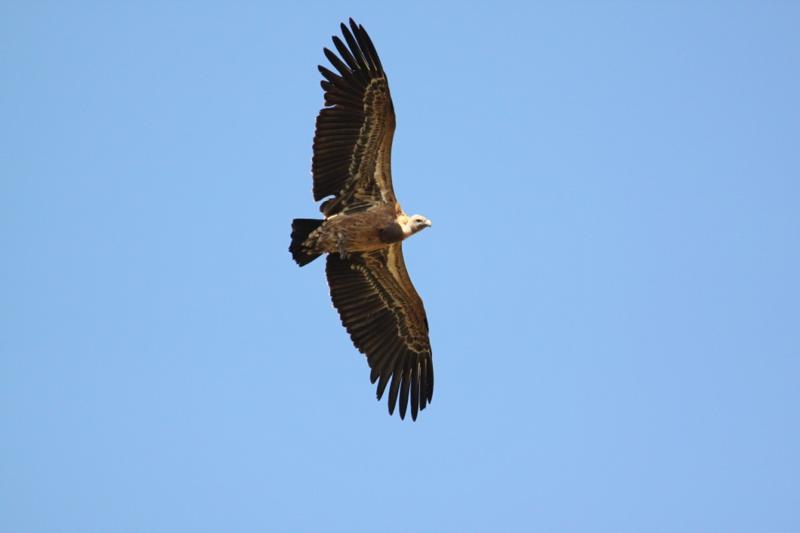
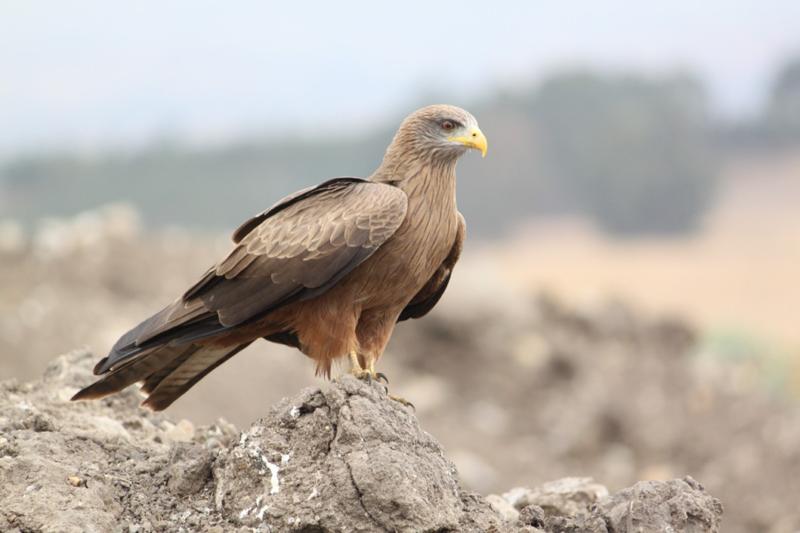
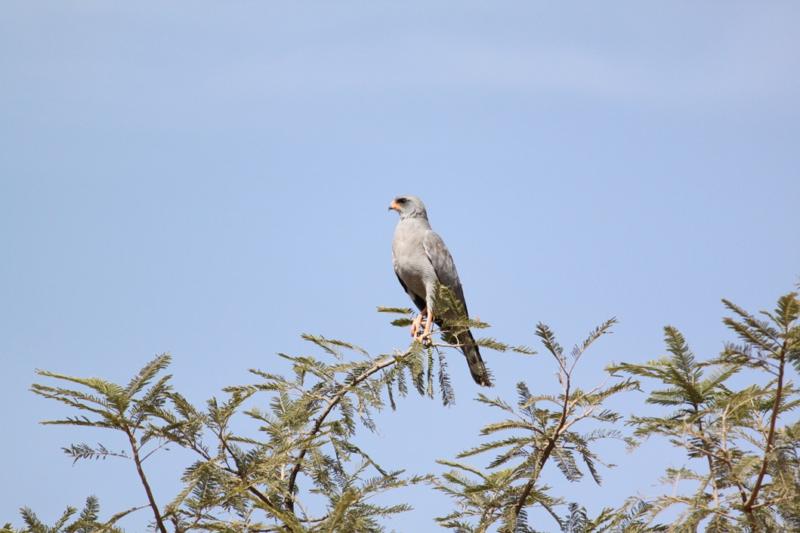


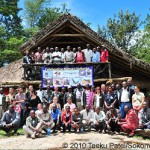


Any info regarding Bearded vultures?
Hi Evan,
Thanks very much for your comment. Yes it is my inadvertence. We saw six Lammergeyers in five sightings mostly around Debre Libanos and Debre Birhan. Sorry for the mistake.
Hi Yilma,
Selam. I wanted to forward you this link I thought may be of interest to you.
http://biodiversitylibrary.org/page/2836732#page/6/mode/1up
Here is an expedition from 1927 done by the U. of Illinois. It is apparent from the introduction that thousands of bird species were killed and collected during this expedition. It probably still is at the Universitie’s archives. These are only a few plates but the entire manuscript may shed some more insight on the population and variety of the birds also.
Another thing I would like to bring to your attention is this devastating story from India. The usage of the familiar deflofac human anti biotic for arbatores and cattle herds has devastated the vulture population in INdia. There is now estimated 99% of vulture species have disappeared from the Indian sub- continent. I am very afraid this may happen to Ethiopia as I have run in to a pharmacy and found this drug available for 2$ birr. Very inexpensive but unfortunately a banned substance in most of the developed world.
Wiki
The Indian Vulture and the Indian White-rumped Vulture, G. bengalensis species have suffered a 99%–97% population decrease in Pakistan and India. The cause of this has been identified as poisoning caused by the veterinary drug diclofenac. Diclofenac is a non-steroidal anti-inflammatory drug (NSAID) and when given to working animals it can reduce joint pain and so keep them working for longer. The drug is believed to be swallowed by vultures with the flesh of dead cattle which were given diclofenac in the last days of life. Diclofenac causes kidney failure in several species of Vultures. In March 2005 the Indian Government announced its support for a ban on the veterinary use of diclofenac. Another NSAID, meloxicam, has been found to be harmless to vultures and should prove to be an acceptable substitute for diclofenac. When meloxicam production is increased it is hoped that it will be as cheap as diclofenac. As of August 2011 the ban for veterinary use has been in place for approximately a year but diclofenac was still being used for animals throughout India [4]
Thank you for this post. Please forward me your email if you can so I may be able to contact you when we travel to Ethiopia.
Conservation of our habitat !
Salome’
P.S.
Captive-breeding programmes for several species of Indian vulture have been started. The vultures are long lived and slow in breeding, so the programmes are expected to take decades. Vultures reach breeding age at about 5 years old. It is hoped that captive-bred birds will be released to the wild when the environment is clear of diclofenac.
Yilma
Interesting results, and alarmed by lack of Egyptians as there were at least 3 pairs at Muga, Debra Libanos and a few at Birhan in 2000. Also encountered on road counts too. Do you think there is a decline? You think the kestrels were over wintering? What of Lanners? I noted many tree nesting birds. Do you have previous counts to compare? Did you include Mt Yerer and is it still a fab place for raptors?
Dear Salome,
Sorry I haven’t checked this for a long time. I believe I have missed your visit to Ethiopia. I am aware of Diclofenac but at the moment seems to used as an anti pain drug for humans under the name Diclofen. We have checked in the near past and it is not in use as a veterinary drug. It could be in use now. I will follow up on this. Thanks very much for the link on University of Illinois publication. Internet connection is very slow here and I haven’t downloaded it yet. I would like to be in touch with you. My email is ydabebe@yahoo.co.uk or ornithopia1@gmail.com. Thanks.
Dear Simon,
Thanks very much for your comments and interest. There is definitely a decline of Egyptian Vultures every where. Their stronghold appears to be the Afar Triangle. We have also missed Lanners and the Kestrels you mention. As you may have noticed, what we have done is really a snapshot (just one road count) and cannot act as a representative count. We would have to repeat this several times to get an overview. We didn’t leave the main road and as a result didn’t visit Muger and Mt Yerer. These two places are specially important and will receive attention as important roosting sites in the future.
Hello, I am contacting you with regards to wildfowl demographic information. Could you drop me an email?
Thanks, Beth